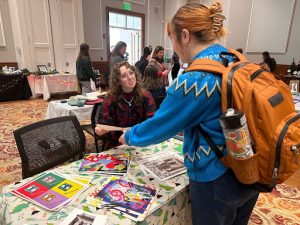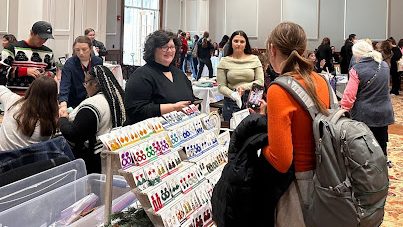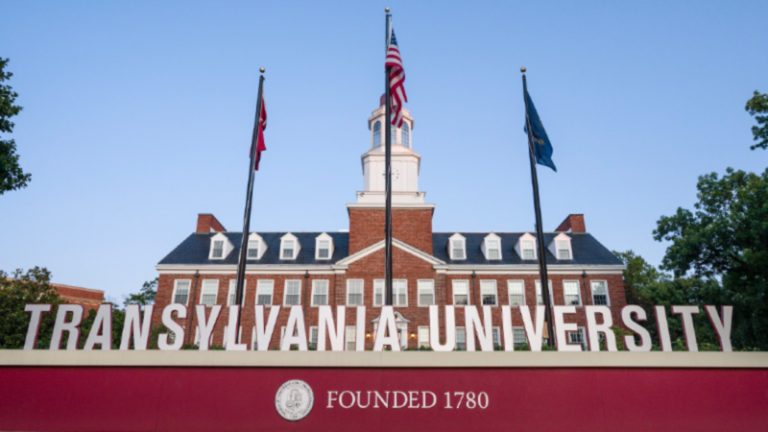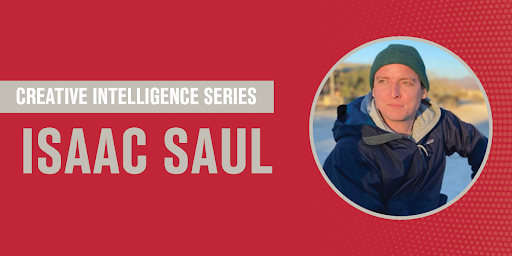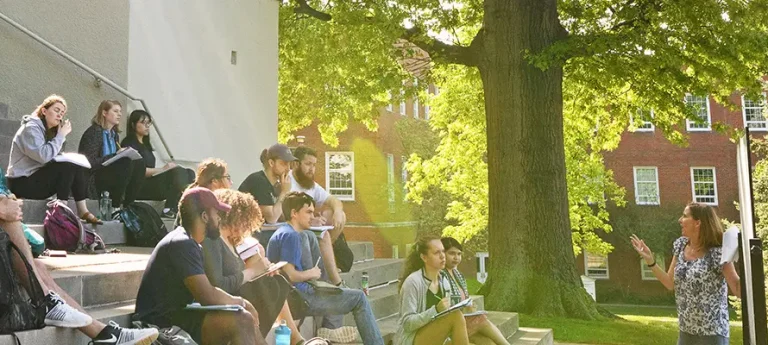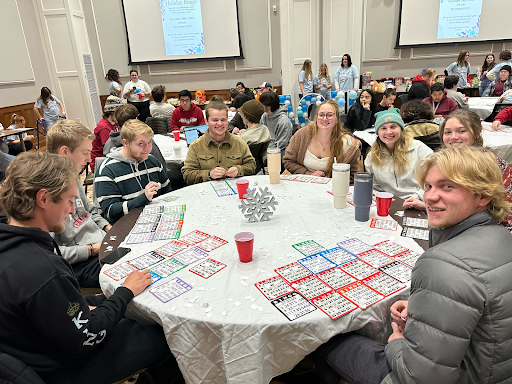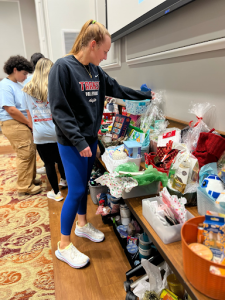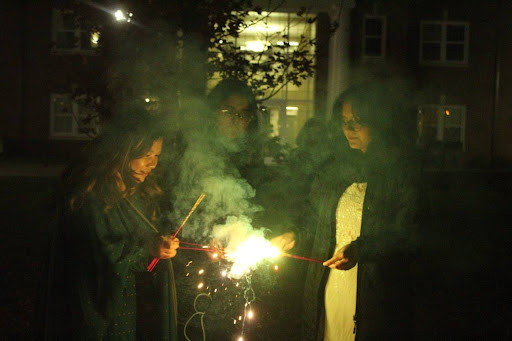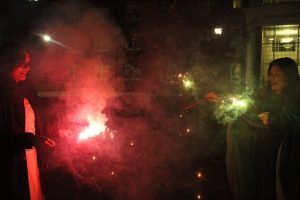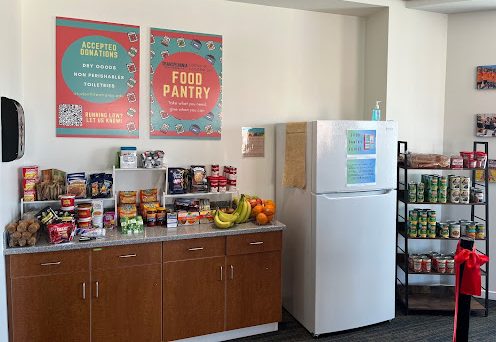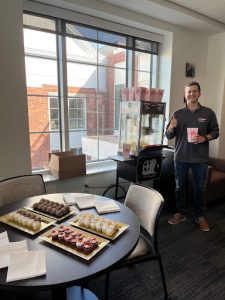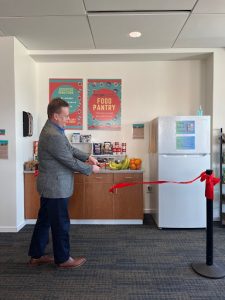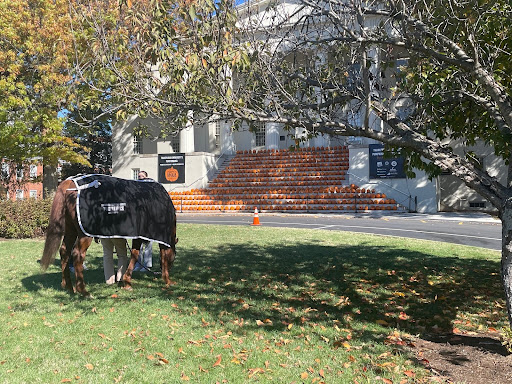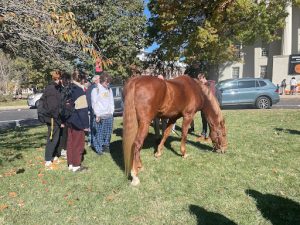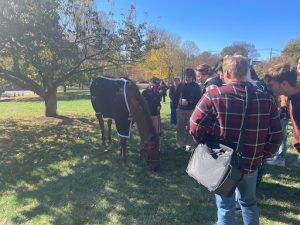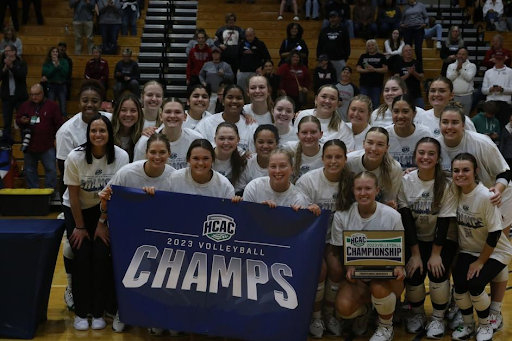The Transylvania League of Legends Esports Team recently finished their first competitive season. I had the opportunity to talk with members of the team about how they felt about this season, what they hope to accomplish, and more. I am excited about the League of Legends Esports team here, as I also play the game and have a great deal of respect for the players on the team who are excelling in the scene.
League of Legends is a multiplayer game in which two teams of five players try to destroy a central point on the map to win. Five roles are possible, with each player having their role and lane. The roles include Top (up-front battling warriors), Middle (powerful mages and rogues), Bottom (the ranged marksman for the team), Support (helps out Bottom at the start of the game and goes on to help the rest of the team later), and Jungle (roams around the map trying to slay opposing champions and claim significant objectives). League of Legends is a complex game to master, with 165 different characters each with their own unique playstyle, advantages, and disadvantages. Transy’s team has taken it upon themselves to take their skills to the competitive scene.
When asked about his position as the team captain, Tyler McAuley, who plays the crucial role of Jungle, said that he helps organize team practices along with the head coach, Dylan Osborne. I was able to get a first-hand look at what these practices are like. I can tell from my knowledge of the game that Tyler is skilled at teaching the team new tips and techniques, puts his whole heart into playing with the team, and wants to see the team succeed. What makes his role as team captain all the more special is that he is a first-year at Transy. Tyler was able to claim the position of captain not due to seniority but out of pure skill and knowledge of the mechanics of the game, which is also why he is the highest-ranked on the team in the in-game ranking system.
Next up is Pen Vandiver, another first-year Transy, who is “running it down mid,” or the middle lane. Pen is a bit newer to the game than some of the veterans of the team, but he still performs his role and is to be reckoned with like the rest of his teammates. When asked how well the team would perform in the playoffs this season, he admitted he felt some pressure but was reassured that he and his team would win the matches.
The Bottom or Attack Damage Carry role is manned by sophomore Spencer Lorenz. Despite only sometimes being able to make it to all the team’s matches due to other commitments, Spencer outperforms the opposing team every time. He commented that he is always relaxed when playing as he knows the team has his back if he ever falls behind in a game.
Playing the role of Support for the team is Chad Sweeney, who is also a second-year. As someone who also plays Support in League of Legends, I believe that good Support can make or break a team, and Chad definitely does the former. Chad is constantly striving to do better, trying to improve his gameplay and mechanics to help out the team whenever he can, as whenever the Support is improving, the entire team improves. Chad felt great about this season, with the team going 5-2 in their round-robin league.
Two people play the role of Top Lane: Nate Miller, a sophomore, and Tim Dousay, a freshman. When asked if either player felt like they were competing against each other, both responded that they felt that was not the case and that they pushed each other to play better. Nate has been playing League of Legends for over 10 years which has helped him understand the game inside and out, even with the many changes the game has experienced over the years. Tim has also been playing for a long time and loves to play any role the game offers, preferring Top and Jungle. Typically Tim is the one who is filling in for players who can not make it to the matches, resulting in some of the team’s favorite plays as Tim is a bit of a wild card.
The team made it to the playoffs with a winning record but was unfortunately knocked out of the first round. However, they still demonstrated their skills in their matches and gave their opponents a run for their money, winning one out of three matches. Unlike most teams at Transy, the League of Legends Esports Team plays a season per semester, and, from what this reporter can gather, the team is still working hard, with every member still playing the game to better hone their skills for the upcoming winter season. So be sure to keep an eye out for this ferocious team on campus and be sure to tune in to their matches, which are streamed on the TransyEsports page on Twitch.
